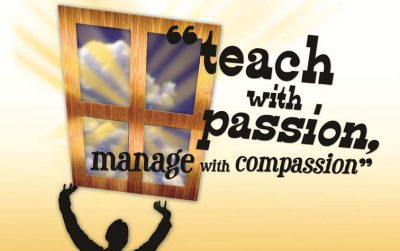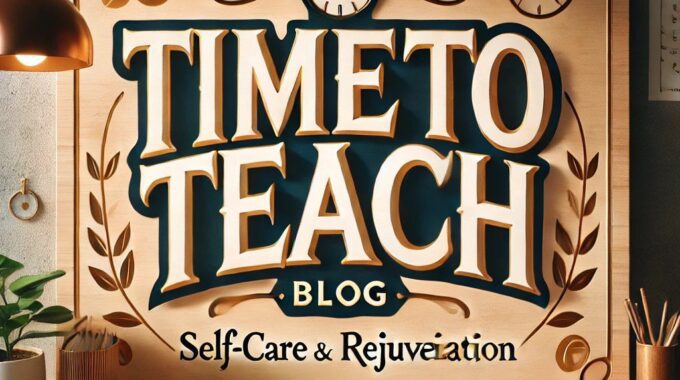As we turn the corner into spring, it’s the perfect time to refresh our teaching…
Leadership for Deeper Learning: Excerpt 04
We believe in thanking our sources! This post was sourced from the following blog/website: http://feedproxy.google.com/~r/dangerouslyirrelevant/~3/W6A7iKsWL8s/leadership-learning-excerpt-04.html
The following is a new blog post related to education and teaching and relevant to our website visitors. The blog post is not based on the opinions or values of our company but is related to education and teaching, so we wanted to share it with YOU! If you ever have any questions please let us know. Now… on to the post!
 [To celebrate our upcoming book, Leadership for Deeper Learning, I am publishing an excerpt each day for a week before its release. We interviewed leaders at 30 different ‘deeper learning’ schools around the world in 2019 and 2020. We then followed up those interviews with site visits, observations, on-site photographs and videos, and additional conversations. Our goal was to try and parse out What do leaders at innovative schools do that is different from their counterparts in more traditional schools? As you might imagine, we saw some fantastic leading, teaching, and learning. We describe what we saw in detail in the new book and, in Chapter 7, articulate a Profile of a Deeper Learning Leader that’s based on empirical research, not just anecdotes. We think that this book makes a unique contribution to what we know about leadership in deeper learning schools. The book is written for a practitioner audience and is full of concrete, specific examples to get folks thinking about possibilities. Also, every main chapter concludes with Key Leadership Behaviors and Support Structures. If you order it, let me know what you think!]
[To celebrate our upcoming book, Leadership for Deeper Learning, I am publishing an excerpt each day for a week before its release. We interviewed leaders at 30 different ‘deeper learning’ schools around the world in 2019 and 2020. We then followed up those interviews with site visits, observations, on-site photographs and videos, and additional conversations. Our goal was to try and parse out What do leaders at innovative schools do that is different from their counterparts in more traditional schools? As you might imagine, we saw some fantastic leading, teaching, and learning. We describe what we saw in detail in the new book and, in Chapter 7, articulate a Profile of a Deeper Learning Leader that’s based on empirical research, not just anecdotes. We think that this book makes a unique contribution to what we know about leadership in deeper learning schools. The book is written for a practitioner audience and is full of concrete, specific examples to get folks thinking about possibilities. Also, every main chapter concludes with Key Leadership Behaviors and Support Structures. If you order it, let me know what you think!]
Excerpt 04
At Envision Academy, the goal is to “force epiphanies for kids.” Envision’s approach of relying heavily on performance assessments and formalized defenses in 8th, 10th, and 12th grades is designed to help deliver that result. Laura, the principal, told us: “Watching kids, young people, stand up in front of a group of their teachers and peers and families to defend their work is just such a powerful thing.” To get to this powerful point for students, though, requires a lot of previous powerful work on the part of teachers.
At the heart of Envision Academy’s approach is its problem-based learning orientation that focuses on teaching students to think. As many teachers can tell you, this type of teaching for student ownership and empowerment is difficult and requires a different set of instructional skills. It also requires a mindset shift away from the teacher as the classroom manager and deliverer of content. Laura shared:
We want teachers to move away from this idea that ‘you’re a curriculum writer’ to ‘you’re an instructional designer.’ You design the instructional experience. You have a million choices to make on a daily basis about what you do and when and how and why. Then use the data that you collect about student thinking to inform your instructional decisions moving forward.
When we asked Michelle and Susan, the principal and instructional coach at EPiC, what a more traditional elementary school can do to start work like theirs, they discussed how professional learning starts with the vision: “It does not matter what the building looks like but, if a leader has built a collective vision, it will work. It cannot be a single person. Any school can do this work as long as they have this driving force and this collective effort.”
Leadership for Deeper Learning, Chapter 4
Time To Teach reviews each blog post by our contributors but if you feel this is a blog post better suited for another page please let us know.
Teachers and Educators are our heroes. We want to thank you for the work you do!
Yours In Education!
Time To Teach

